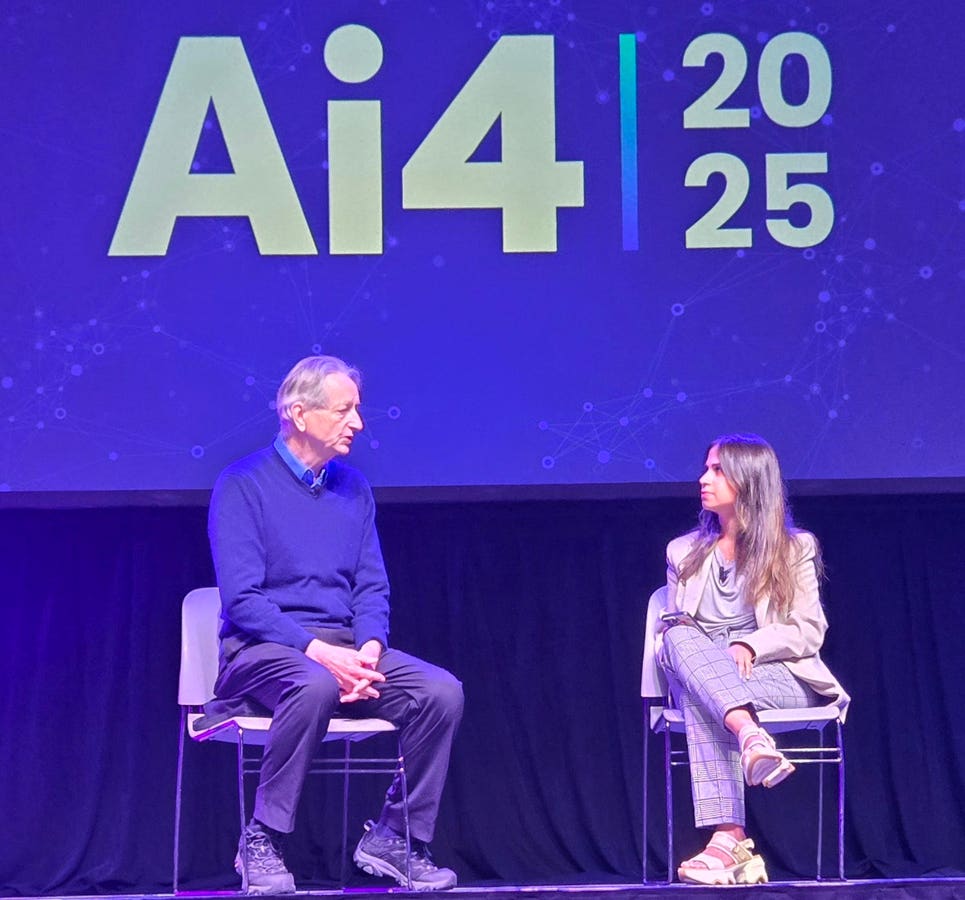Decentralized care models for diabetes, hypertension, and more may be the key to sustainable health outcomes.
USA map with stethoscope, national health care concept, 3D rendering
America is in the middle of a chronic disease crisis. Over 60% of adults suffer from at least one chronic condition such as diabetes, hypertension, or obesity. These conditions account for 90% of the nation’s $4.3 trillion in healthcare expenditures (CDC), placing healthcare outcomes behind peer nations.
Despite certain studies not existing as cited within the Trump administration’s “Make America Healthy Again” report , confirmed by ABC News, American life expectancy significantly lags behind other developed countries. Pre‑COVID-19 United States life expectancy averages 78.8 years and comparable countries average 82.6 years. According to the President’s Make America Healthy Again Commission, this equates to 1.25 billion fewer life years for the United States population.
Traditional health systems weren’t built to manage continuous care, behavior change, or real-time patient engagement all factors leading to increased cost in US healthcare. Although the US leads in healthcare technology, there still lags necessary emerging technology government mandates to undergo radical change towards health improvements. These emerging technologies enable a key missing link to ensure change; individual accountability.
We’re now entering a new era: where intelligence meets infrastructure—and patients become active participants in managing their own health.
The Role of AI: From Prediction to Precision
Artificial Intelligence excels at pattern recognition, real-time data analysis, and personalization. In chronic disease management, AI can:
- Predict risk before diagnosis using wearable and EHR data
- Deliver real-time interventions based on biometrics and behavior
- Adapt care plans based on each individual’s lifestyle and treatment response
For example, AI-driven platforms can monitor glucose levels continuously and recommend personalized nutrition changes. For hypertension, AI can detect stress indicators or medication non-adherence and trigger nudges or alerts.
But AI needs high-quality, secure, and longitudinal data. That’s where blockchain comes in.
Blockchain Adoption
The problem with current healthcare AI is that it’s siloed. Each provider, device, or health plan owns a fragmented sliver of a patient’s story. Blockchain offers a decentralized data infrastructure where:
- Patients own and control their health data
- Providers access only what’s needed through permissioned smart contracts
- Data is tamper-proof, interoperable, and longitudinal
This architecture not only enhances AI’s performance but also protects patient privacy—addressing one of the biggest barriers to data sharing.
Decentralized Disease Management in Action
Let’s take diabetes as an example.
A decentralized care model could look like this:
- A patient stores their biometric data (glucose, sleep, diet, activity) in a personal blockchain wallet
- AI analyzes patterns and suggests interventions or flags risks
- Providers, coaches, and pharmacists can plug into this stream as needed, without owning the data
- Patients are rewarded with crypto (maintain HIPAA compliance) for meeting health goals or sharing anonymized insights for research
The result? Continuous, community-driven care that adapts in real time and aligns incentives between patients, providers, and payers.
In a recent published study on decentralized diabetes care in the NIH National Library of Medicine, it was concluded that diabetic care services can be decentralized to non-specialized facilities such as primary hospitals as quality of diabetic care (explained by FBS, systolic blood pressure, Hemoglobin A1C and creatinine) will not be compromised. The finding of the study is supported with studies conducted in LMIC and high-income countries [5–7,10–13], therefore, by decentralizing diabetes care to primary health care facilities service with the same quality could be provided with limited budget in countries like US. It will also decrease the transportation and accommodation expenses of patients as it helps them get the service in nearby health facilities. On the other hand, this will help the general and referral hospitals to focus on more severe and complicated cases.
As health systems worldwide are coming under increased financial pressure, with healthcare expenditures taking an ever-bigger chunk out of countries’ GDPs (OECD.org), distributed care frameworks flip the traditional hospital-centric care paradigm on its head. Instead of having patients come into a central location, distributed care brings care to the patient. Increasingly, we will see healthcare being delivered through a decentralized network of ambulatory clinics, retail settings, and home-based monitoring, coaching, and treatment. The glue that binds this network together is the end-to-end experiences of the patients it serves, throughout their care journey (Phillips):
- 40% of Hospitals are expected to shift 20% of their beds to the patients’ home by 2025
- 60% of patients find virtual care more convenient than in-person care
- 80% of patients are willing to seek care for minor illnesses at retail clinics
The Path Forward
Healthcare doesn’t need more dashboards. It needs an intelligent, transparent, and patient-owned infrastructure.
- AI offers the intelligence to personalize and predict
- Blockchain offers the infrastructure to secure and share
- Together, they enable a new health system: decentralized, data-driven, and preventive by design
As America searches for solutions to its chronic disease epidemic, we must move beyond pilot projects and build the platforms that empower people to take control of their health—with privacy, precision, and purpose.








